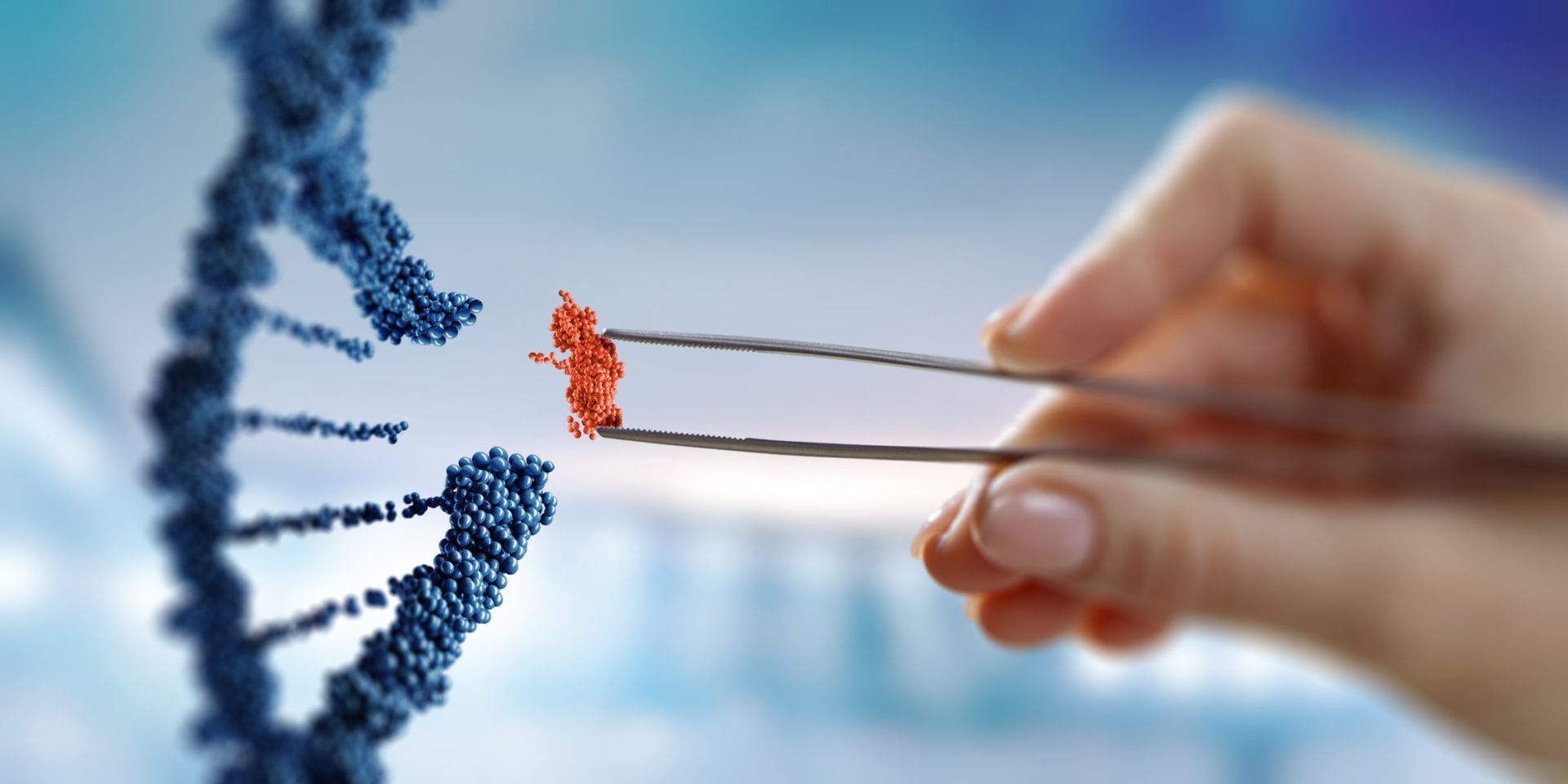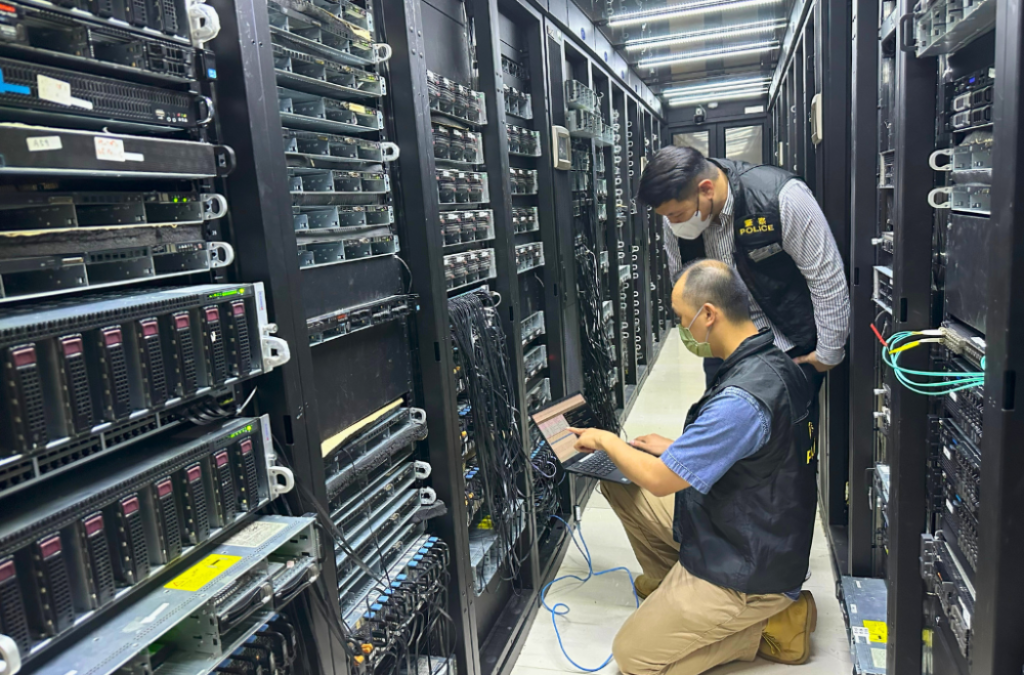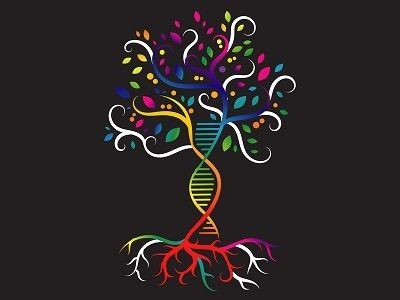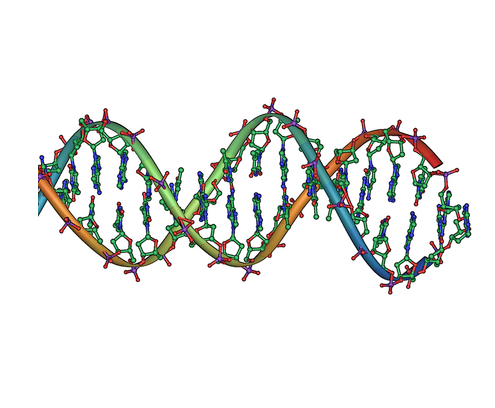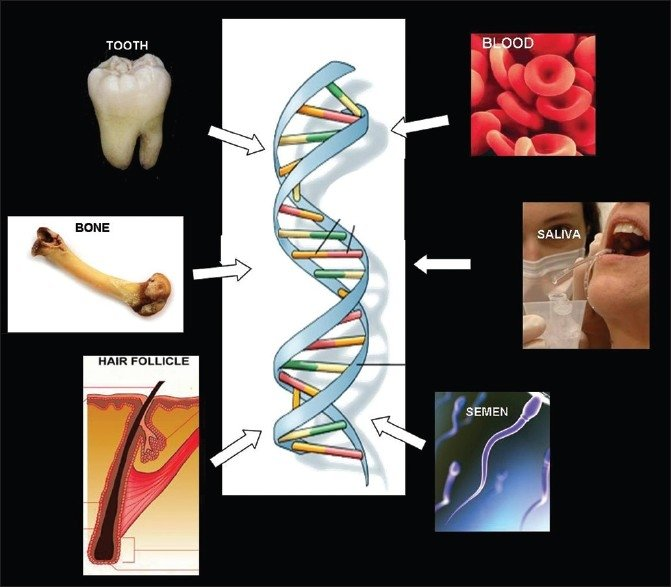Fingerprint-Based Blood-Grouping
Editorial: Overview of Fingerprint-Based
Blood-Grouping using Various Tools and Techniques
Identifying blood groups, according to Sharma et al., is crucial for medical diagnostics and emergency care, but traditional methods are invasive, time-consuming, and often inaccessible. To address this, researchers are exploring fingerprint-based blood grouping as a non-invasive, rapid, and cost-effective alternative.
Modern fingerprint scanners paired with smartphone apps can capture high-resolution images efficiently. AI-driven predictive models using biometric and blood group data have shown promising accuracy, making this method applicable in disaster zones and rural clinics. This study investigates the use of fingerprint patterns to predict blood types, aiming to enhance prediction accuracy and explore real-world applications.
Research has found significant correlations between fingerprint patterns (loops, whorls, arches) and specific ABO and Rh blood types. While fingerprint analysis alone may not determine blood groups definitively, it offers valuable insights when combined with AI and machine learning. This method is non-invasive and accessible, making it suitable for forensic scenarios and emergency situations. Recent studies report prediction accuracies exceeding 85–90%, hinting at the potential for semi-automated systems in various settings, where users could easily predict blood types by scanning their fingerprints.
Read more in the source.
Source: Sanskriti Rani Sharma, Dinesh Sharma, Vijay Panchal, Palack Asati. (2025), Overview of Fingerprint-Based Blood-Grouping using Various Tools and Techniques. Medico-Legal Update / Vol 25 No. 3. https://ijop.net/index.php/mlu/article/view/3669
Image: https://fgih.co.uk/wp-content/uploads/elementor/thumbs/Fingerprint-small-qnezn51djv7p4jjo7j5ce417ml9fh592bwj9eh8isw.jpg


